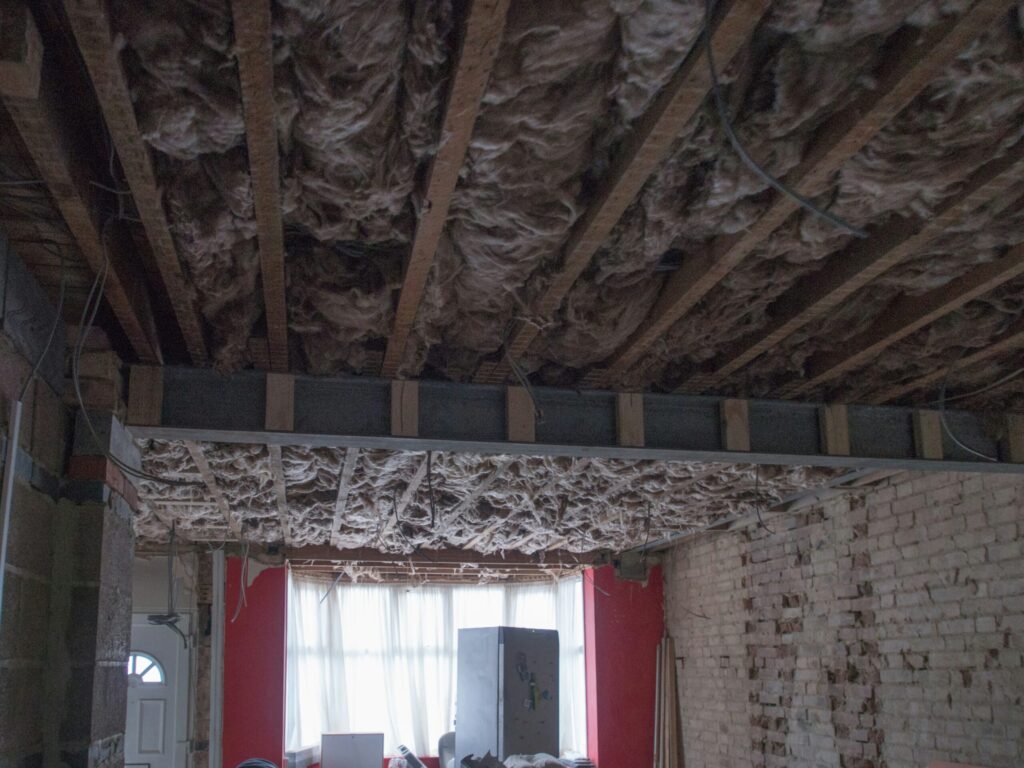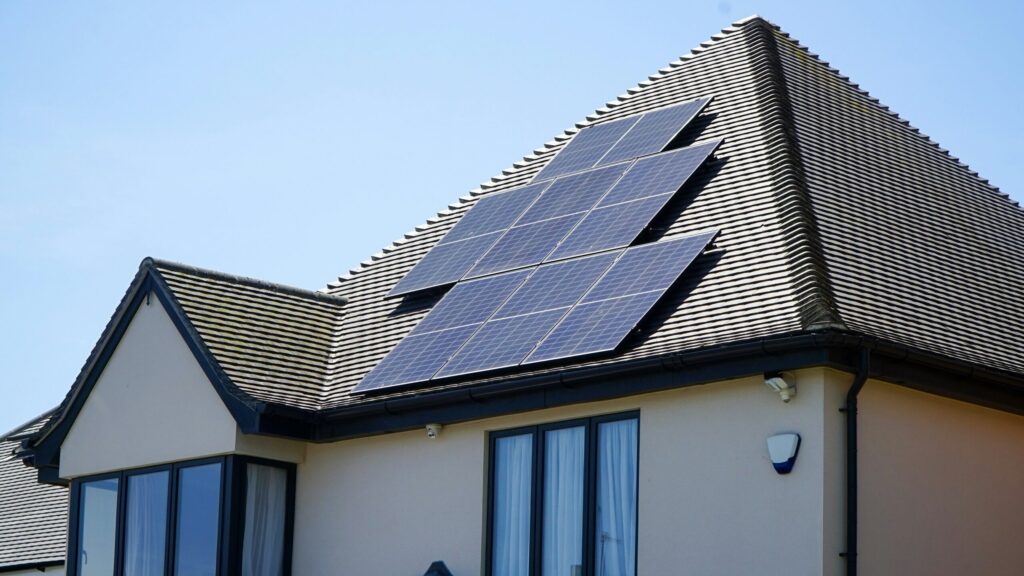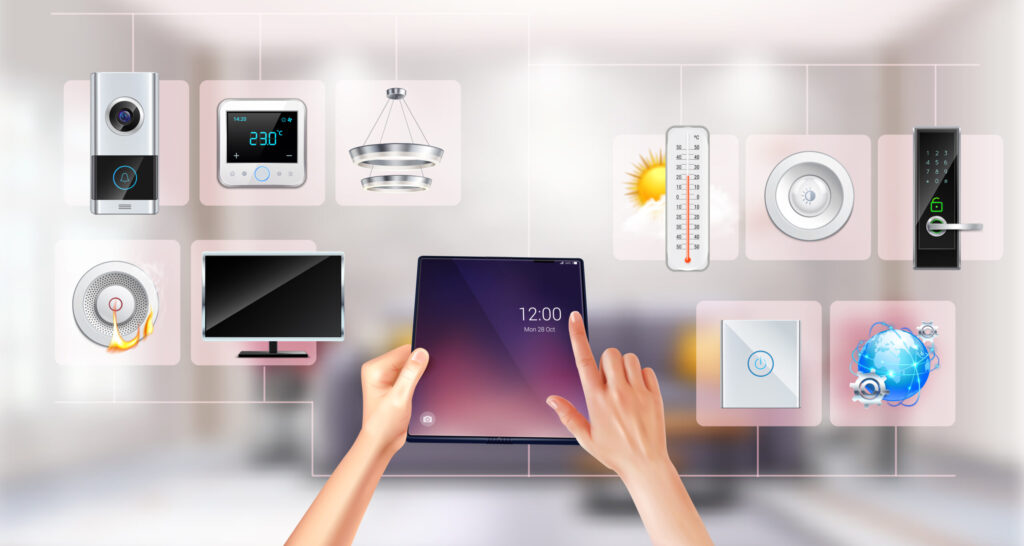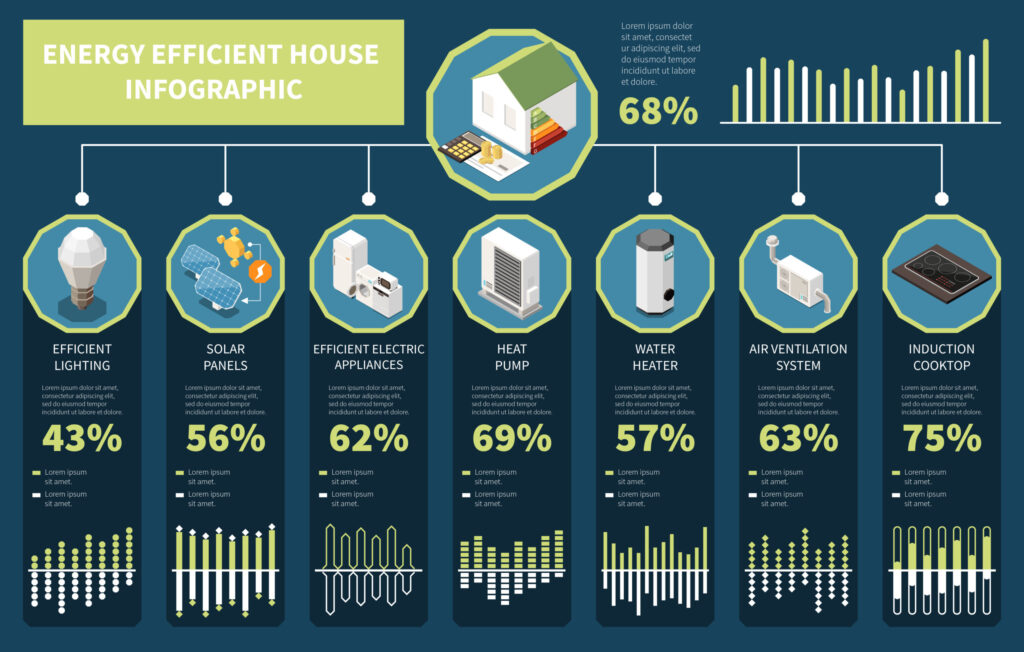These days, becoming carbon neutral is not only a requirement for the environment; it’s also becoming a reality for homeowners who know the proper tactics and act methodically.Over 16 tons of CO2 a year was the startling figure when I first calculated my home’s carbon footprint three years ago.
Residential energy use accounts for roughly 20% of greenhouse gas emissions in the United States, making your home one of the most impactful places to start your climate action journey. The path to carbon neutrality might seem overwhelming, but with the right roadmap, any homeowner can dramatically reduce their environmental impact while often saving money in the process.
Understanding Carbon Neutrality: Beyond the Buzzwords
Being carbon neutral means that the amount of carbon dioxide your house emits is balanced by an equal amount that’s either taken out of the atmosphere or offset by the production of renewable energy. The balance between a home’s power requirements and the amount of renewable energy that can be produced to meet those needs is known as net zero.
Consider it a carbon budget. The use of electricity, heating, cooling, and even the embodied carbon in building materials are all ways that your house “spends” carbon. Your objective is to “earn” back that carbon through strategic offsetting, energy efficiency upgrades, and the production of renewable energy.
This method’s flexibility is what makes it so lovely. Creating a system where your carbon inputs and outputs are equal over time is more important than trying to eradicate all emissions at once.
For a deeper dive into calculating your home’s carbon footprint, check out our comprehensive guide on carbon footprint calculation.
The Strategic Foundation: Energy Efficiency First
Smart homeowners prioritize lowering energy consumption before spending money on solar panels or other renewable technologies. According to the roadmap, the building envelope should be optimized first, mechanical system loads should be reduced, and then renewable energy systems should be sized to satisfy the remaining demand.
This strategy guarantees the highest possible return on investment. Money is saved, and the size of renewable systems needed is decreased for each kilowatt-hour you don’t need to generate.
Sealing the Energy Leaks

The first line of defense against energy waste is the thermal envelope of your house, which includes the walls, windows, doors, and roof. Since air leaks can cause 25–40% of your heating and cooling expenses, weatherization is among the most economical upgrades you can make.
Do a thorough energy audit first. Numerous utility companies provide free or heavily discounted audits that pinpoint specific areas in need of improvement. Professional auditors use thermal imaging cameras and blower door tests to pinpoint exactly where your home loses energy.
Pay attention to these high-impact areas:
- Weatherstripping around doors and windows
- Sealing gaps around electrical outlets and light fixtures
- Insulating attic spaces to current code standards
- Upgrading to energy-efficient windows if budget allows
Learn more about how to conduct your own basic energy audit in our DIY energy audit checklist.
Smart Temperature Management

You can drastically reduce your energy use by setting your thermostat to make your house five degrees colder in the winter and five degrees warmer in the summer. This small adjustment can save you 10–15% a year on heating and cooling expenses.
Programmable thermostats take this further by automatically adjusting temperatures based on occupancy patterns. Smart thermostats learn your preferences and can reduce energy use by up to 23% for heating and cooling.
For tips on optimizing your thermostat settings, see our guide to smart thermostats.
The Renewable Energy Revolution at Home
We can lower our carbon footprint by up to 2.5 tons per year by moving to renewable energy. For the majority of homeowners, solar energy is the most practical way to generate renewable electricity.
Solar Power: Your Home’s Power Plant

With installation costs falling by more than 70% and efficiency increasing significantly over the last ten years, solar technology has reached a tipping point. With minimal maintenance, modern solar panels can produce electricity for 25 to 30 years.
Appropriate system sizing is essential for a successful solar installation. Determine how much electricity you use each year based on your utility bills, then create a system that can supply 100–110% of that demand. This slight oversizing provides buffer capacity for increased future consumption and accounts for system degradation over time.
When assessing solar potential, take into account these elements:
- Roof orientation and shading patterns
- Local utility net metering policies
- Available tax incentives and rebates
- Your long-term housing plans
For a detailed breakdown of solar panel installation, check out our complete solar panel guide.
Energy Storage: Banking Sunshine for Later
With round-trip efficiencies of 85–90%, batteries are effective energy carriers. They emit no additional greenhouse gases if they are powered by renewable energy sources. With home battery systems, you can store extra solar energy for use during periods of high demand or blackouts.
Energy independence and potential financial gains in regions with time-of-use electricity pricing are two advantages of battery storage, despite the substantial upfront costs. Some homeowners discover that by fully distancing themselves from the electrical grid, battery storage allows them to attain true energy independence.
Explore the benefits of energy storage in our home battery systems overview.
Heat Pumps: The Electrification Game-Changer

One of the biggest developments in home heating and cooling efficiency is the modern heat pump. By transferring heat instead of producing it, these systems can produce three to four times as much heating or cooling energy as the electrical energy they use.
While ground-source (geothermal) systems provide even greater efficiency in harsher climates, air-source heat pumps are efficient in the majority of climates. The main benefit is that heat pumps can run entirely on renewable electricity, doing away with the need for heating systems that rely on fossil fuels.
After converting from electric resistance heating, propane, or oil to heat pumps, many homeowners report savings of 50–70%. Heat pumps can remove the biggest source of carbon emissions from homes when used in conjunction with solar energy.
For more on how heat pumps work and their benefits, see our heat pump explainer.
Water Heating: The Hidden Energy Consumer
Since water heating usually uses 15–25% of household energy, it’s an important area to reduce carbon emissions. To drastically lower this demand, choose water heaters that consume less electricity or incorporate solar thermal systems.
The efficiency of heat pump water heaters is two to three times that of traditional electric water heaters. Solar thermal systems can use free solar energy to supply 50–80% of a home’s annual hot water needs if the demand for hot water is high.
Even small behavioral adjustments have a big impact:
- Reducing shower duration by 2-3 minutes
- Fixing leaky faucets promptly
- Insulating hot water pipes
- Using cold water for laundry when possible
Discover more ways to save energy with water heating in our efficient water heating tips.
Smart Home Technology: Optimization Through Intelligence

Automatic energy optimization by smart home technology lowers usage without compromising comfort. Phantom loads, or the electricity used by devices when not in use, can be eliminated by smart switches, plugs, and appliances.
While smart irrigation systems modify watering according to weather and soil moisture, smart water leak detectors stop waste and damage. By creating an integrated home ecosystem, these technologies reduce resource consumption in all systems.
For a roundup of the best smart home devices for energy efficiency, check out our smart home energy guide.
The Economics of Carbon Neutrality
There has never been a more compelling financial argument for household carbon neutrality. Through 2032, 30% of the cost of solar installation is covered by federal tax credits, with additional incentives provided by numerous states and utilities. Depending on the location and system type, heat pump installations frequently qualify for rebates between $500 and $8,000.
The majority of homeowners discover that their investments in renewable energy pay for themselves in 7–12 years thanks to lower utility costs. These systems continue to produce savings for decades after they are paid back.
Think about the entire cost of ownership instead of just the initial expenses. In addition to offering energy independence and environmental advantages, a $25,000 solar system can save $60,000 over 25 years if it eliminates $200 monthly electric bills.
To explore the financial benefits further, see our cost-benefit analysis of renewable energy.
Offsetting: Bridging the Final Gap
Emissions from embodied carbon in construction materials or infrequent use of fossil fuels may still be present in even the most energy-efficient homes. To attain complete carbon neutrality, premium carbon offsets can fill this last gap.
Pay attention to offset projects that have these traits:
- Third-party verification and certification
- Permanent carbon sequestration
- Additional environmental co-benefits
- Local or regional projects when possible
Some of the most dependable offset opportunities are provided by direct air capture projects, regenerative agriculture, and forest conservation.
For guidance on choosing reliable carbon offsets, visit our carbon offset buying guide.
Creating Your Personal Action Plan
Take the following prioritized actions to begin your carbon neutral journey:
Phase 1 (Months 1-3): Foundation Building
- Complete professional energy audit
- Seal air leaks and add insulation
- Upgrade to programmable thermostat
- Switch to LED lighting throughout home
Phase 2 (Months 4-12): Major Systems
- Install solar panels sized for 100-110% of annual consumption
- Replace aging HVAC system with heat pump
- Upgrade water heater to heat pump or hybrid model
Phase 3 (Year 2+): Optimization and Offsetting
- Add battery storage if economically justified
- Implement smart home automation systems
- Purchase high-quality offsets for remaining emissions
- Monitor and optimize system performance annually
To customize your action plan, use our interactive carbon neutral planner.
Measuring Success: Tracking Your Carbon Impact

Install monitoring systems that provide real-time tracking of energy production and consumption. Numerous solar systems come with monitoring applications that display the energy balance on a daily, monthly, and annual basis. Energy-intensive appliances and systems can be identified by smart home energy monitors.
Establish yearly goals for reducing emissions and acknowledge your progress. For the majority of homeowners, cutting emissions by 50% in the first year is both doable and inspiring.
Take pictures, record your energy costs, and calculate your emissions to document your journey. You can use this record to learn what works best for your house and to give friends and neighbors who are thinking about making similar improvements useful information.
For tools to track your carbon impact, explore our carbon tracking resources.
Conclusion: Your Carbon Neutral Future Starts Today
Not only is it feasible to become carbon neutral at home, but it’s also lucrative, cozy, and incredibly fulfilling. Improved technology, advantageous economic conditions, and pressing environmental concerns combine to give homeowners a once-in-a-lifetime chance to significantly reduce their carbon footprint.
Your home’s carbon output can be greatly reduced by making energy-efficient improvements, which will also save you money and lessen your environmental impact. The secret is to act methodically according to the priorities of your family and the particular requirements of your home.
Your carbon-neutral house serves as a potent example for your neighborhood, showing that comfortable living and climate action are not only compatible but also work in concert. Everyone will live in a cleaner, healthier future with each kilowatt-hour of renewable energy you produce and each ton of emissions you remove.
Are you prepared to begin your journey toward carbon neutrality? Start with an energy audit this month to turn your house into a climate solution rather than a climate problem.
Ready to dive deeper into sustainable living? Explore more eco-friendly strategies at ecocortex.com for comprehensive guides on renewable energy systems, energy-efficient appliances, and green building techniques that complement your carbon neutral goals.
Frequently Asked Questions
How much does it cost to make a home carbon neutral?
Initial investments typically range from $15,000-$40,000 depending on home size and current efficiency. However, federal tax credits, state rebates, and energy savings often provide full payback within 7-12 years, after which you continue saving money while maintaining carbon neutrality.
What’s the difference between carbon neutral and net zero?
Carbon neutral balances emissions through offsets or renewable energy, while net zero requires actually eliminating nearly all emissions at the source. Both are valid approaches, with net zero representing a more stringent standard that may not be achievable for all homes.
How long does solar installation take?
Most residential solar installations take 1-3 days for actual installation, but the entire process from initial consultation to system activation typically takes 4-8 weeks due to permitting, utility interconnection, and scheduling requirements.
Do I need battery storage with solar panels?
Battery storage isn’t required for carbon neutrality if your utility offers net metering, which credits you for excess solar production. However, batteries provide energy independence and can offer financial benefits in areas with time-of-use electricity pricing.
What happens if I move after installing renewable energy systems?
Solar panels and efficiency improvements typically increase home value by more than their cost, making them excellent investments even if you move. Most systems transfer to new owners and continue providing value for decades.
How do I find reliable carbon offsets?
Look for offsets certified by reputable standards like Gold Standard, Climate Action Reserve, or American Carbon Registry. Focus on projects with permanent carbon sequestration, third-party verification, and additional environmental co-benefits beyond carbon reduction.
Design by freepik

